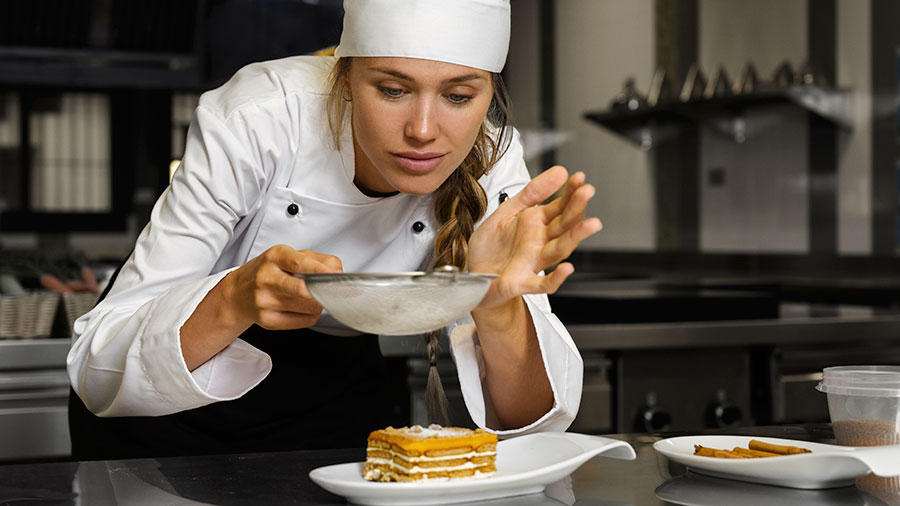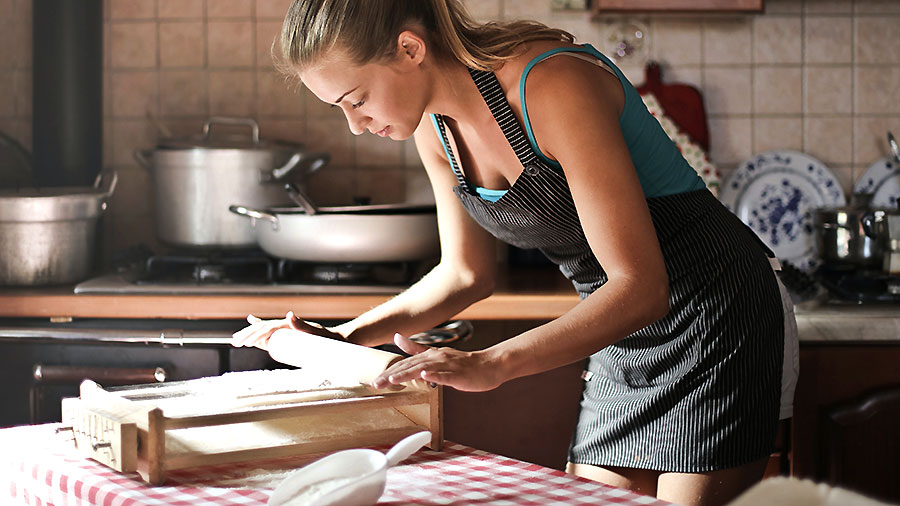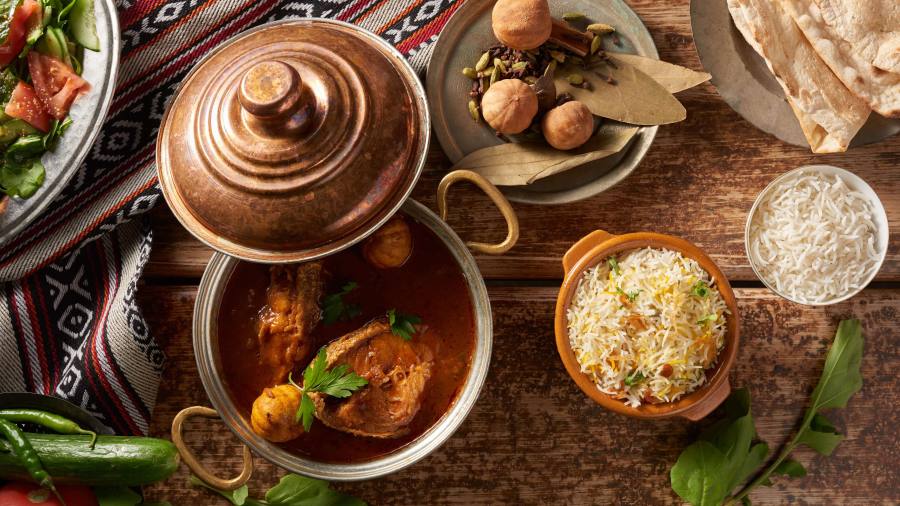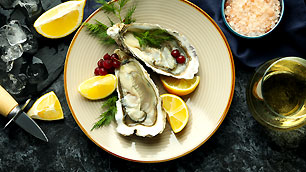Classic Chinese
Chow Mein
Chow mein has captured the taste buds of food enthusiasts across the globe, becoming a staple in many households beyond its Chinese origins. This delightful noodle dish offers a perfect blend of textures and flavors, making it a go-to meal for busy weeknights or special dinners alike. Its adaptability allows you to experiment with ingredients, ensuring a new culinary experience with each preparation.
Chef's Notes:
- Chow mein is a popular Chinese stir-fry dish that's simple to prepare and highly customizable.
- The key to exceptional chow mein is the sauce, which typically combines soy sauce, oyster sauce, and sesame oil for a rich flavor profile.
- This versatile dish can be adapted with various proteins and vegetables to suit different tastes and dietary requirements.
What is Chow Mein?
Chow mein, at its essence, is a harmonious blend of stir-fried noodles, crisp vegetables, and often a protein of choice. The name "chow mein" comes from Cantonese, meaning "stir-fried noodles." This dish has evolved from its traditional Chinese roots to become a beloved item on many international menus.
What makes chow mein truly special is its incredible versatility. While egg noodles are the traditional base, the dish welcomes experimentation with different noodle types. The vegetable medley typically features cabbage, carrots, and bean sprouts, but the sky's the limit when it comes to adding your favorite veggies.
The Perfect Chow Mein Sauce
A stellar chow mein sauce is the secret weapon that elevates this dish from good to great. It binds all the elements together, infusing each bite with a perfect balance of savory, sweet, and umami flavors. Here's a fool-proof sauce recipe to get you started:
- 3 tablespoons soy sauce
- 2 tablespoons oyster sauce
- 1 tablespoon sesame oil
- 1 teaspoon sugar
- 1/2 teaspoon white pepper
- 1 tablespoon cornstarch mixed with 2 tablespoons water
Combine these ingredients in a small bowl and set aside. This sauce will transform your homemade chow mein into a restaurant-quality dish that will impress even the most discerning palates.
Choosing the Right Noodles
The foundation of any great chow mein lies in the noodles. Traditionally, thin egg noodles are the go-to choice, offering a delightful texture that complements the other ingredients perfectly. These wheat-based noodles, enriched with egg, provide the ideal canvas for the flavors of the dish.
Don't fret if you can't find egg noodles in your local store. Other Asian noodles like lo mein can work wonderfully, and in a pinch, even spaghetti can be a suitable substitute. Remember to slightly undercook your noodles, as they'll continue to cook when stir-fried with the other ingredients.
Preparing Your Ingredients
The key to a stress-free chow mein cooking experience is proper preparation. Since the cooking process is quick, having all your ingredients ready to go is crucial. Here's what you'll need for a basic chow mein:
- 8 oz chow mein noodles
- 2 cups shredded cabbage
- 1 carrot, julienned
- 1 cup bean sprouts
- 2 green onions, chopped
- 2 cloves garlic, minced
- 1 cup protein of choice (chicken, beef, shrimp, or tofu)
- 2 tablespoons vegetable oil
With everything prepped and within reach, you'll be able to focus on the cooking process and enjoy the experience of creating this delicious dish.
Cooking Your Chow Mein
Now comes the exciting part - bringing all the elements together to create your perfect chow mein. Follow these steps for a foolproof cooking process:
1. Cook the noodles until they're just shy of al dente, then rinse with cold water to halt the cooking process.
2. In a hot wok or large skillet, cook your chosen protein in oil until it's nearly done.
3. Introduce minced garlic to the wok, stirring quickly to release its aroma.
4. Add your vegetables (except bean sprouts and green onions) and stir-fry until they begin to soften.
5. Introduce the noodles and sauce, tossing everything together to ensure even coating.
6. Lastly, add bean sprouts and green onions, giving everything a final quick stir.
7. Plate your creation and savor your homemade chow mein!
Customizing Your Chow Mein
The beauty of chow mein lies in its adaptability. Feel free to let your culinary creativity shine by experimenting with different vegetable combinations. Try adding bok choy for a fresh crunch, or mushrooms for an earthy flavor. You can easily make it vegetarian by using tofu or simply increasing the vegetable content.
For those who enjoy a spicy kick, consider adding a dash of sriracha or chili oil to your sauce. If you prefer a more tangy profile, a splash of rice vinegar can add a delightful zing. The only limit is your imagination!
Nutrition Facts
To give you an idea of what you're consuming, here's a general nutritional breakdown for a serving of chicken chow mein (note that values may vary based on specific ingredients and portions):
-
- Calories: 350
- Protein: 20g
- Carbs: 45g
- Fat: 12g
- Fiber: 4g
- Sodium: 800mg
Tips for Perfect Chow Mein
Elevate your chow mein game with these pro tips:
- Embrace high heat: The key to great chow mein is quick cooking at high temperatures to maintain vegetable crispness.
- Watch your noodles: Slightly undercook them initially, as they'll continue to soften in the wok.
- Mise en place is crucial: Have all ingredients prepped and ready before you start cooking.
- Taste and adjust: Fine-tune your sauce to achieve the perfect balance of salty, sweet, and umami flavors.
Armed with these tips and the recipe above, you're ready to create restaurant-worthy chow mein in your kitchen. This versatile dish is bound to become a regular in your meal rotation, perfect for any occasion.
FAQs
What's the difference between chow mein and lo mein?
While these dishes share many ingredients, their primary difference lies in the noodle preparation. Chow mein features crispy stir-fried noodles, while lo mein noodles are softer, being tossed with the other ingredients and sauce rather than fried.
Can I make chow mein ahead of time?
For the best texture and flavor, chow mein is ideally enjoyed fresh. However, you can prep ingredients in advance. Pre-cook the noodles, chop the vegetables, and mix the sauce ahead of time. When you're ready to eat, simply stir-fry everything together for a quick and delicious meal.
Is chow mein healthy?
Homemade chow mein can be a nutritious option, offering a balance of carbohydrates, proteins, and vegetables. To boost its health profile, increase the vegetable content, opt for lean proteins, and use oil and sauce sparingly.
Can I make chow mein gluten-free?
Absolutely! To create a gluten-free version, swap wheat noodles for rice noodles or other gluten-free alternatives. Be sure to use gluten-free soy sauce and verify that your oyster sauce is gluten-free (or use a suitable substitute). With these adjustments, you can enjoy this classic dish regardless of dietary restrictions.





























 Gastronomy Cities
Gastronomy Cities
 Amazing Food
Amazing Food
 Chef's Talk
Chef's Talk